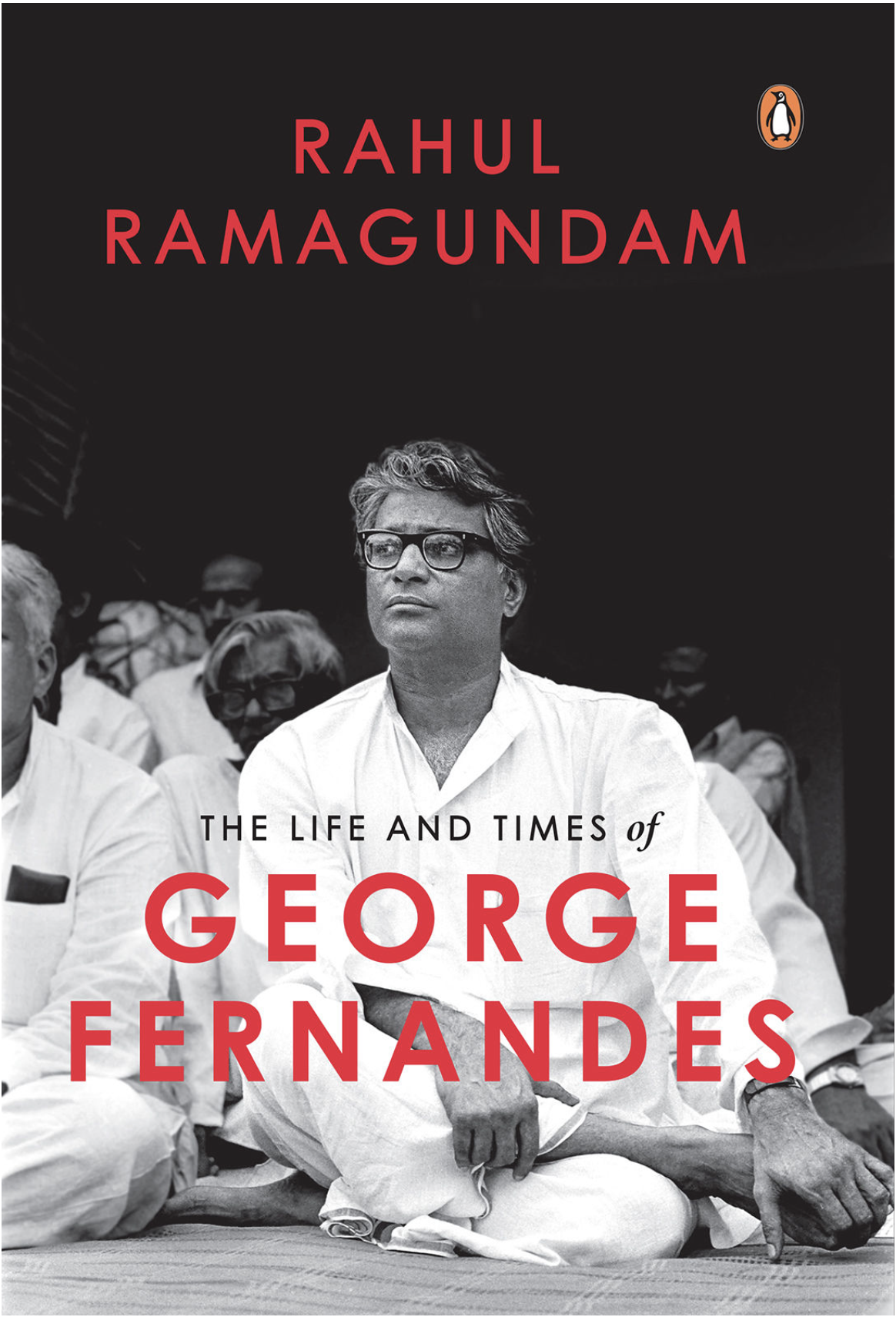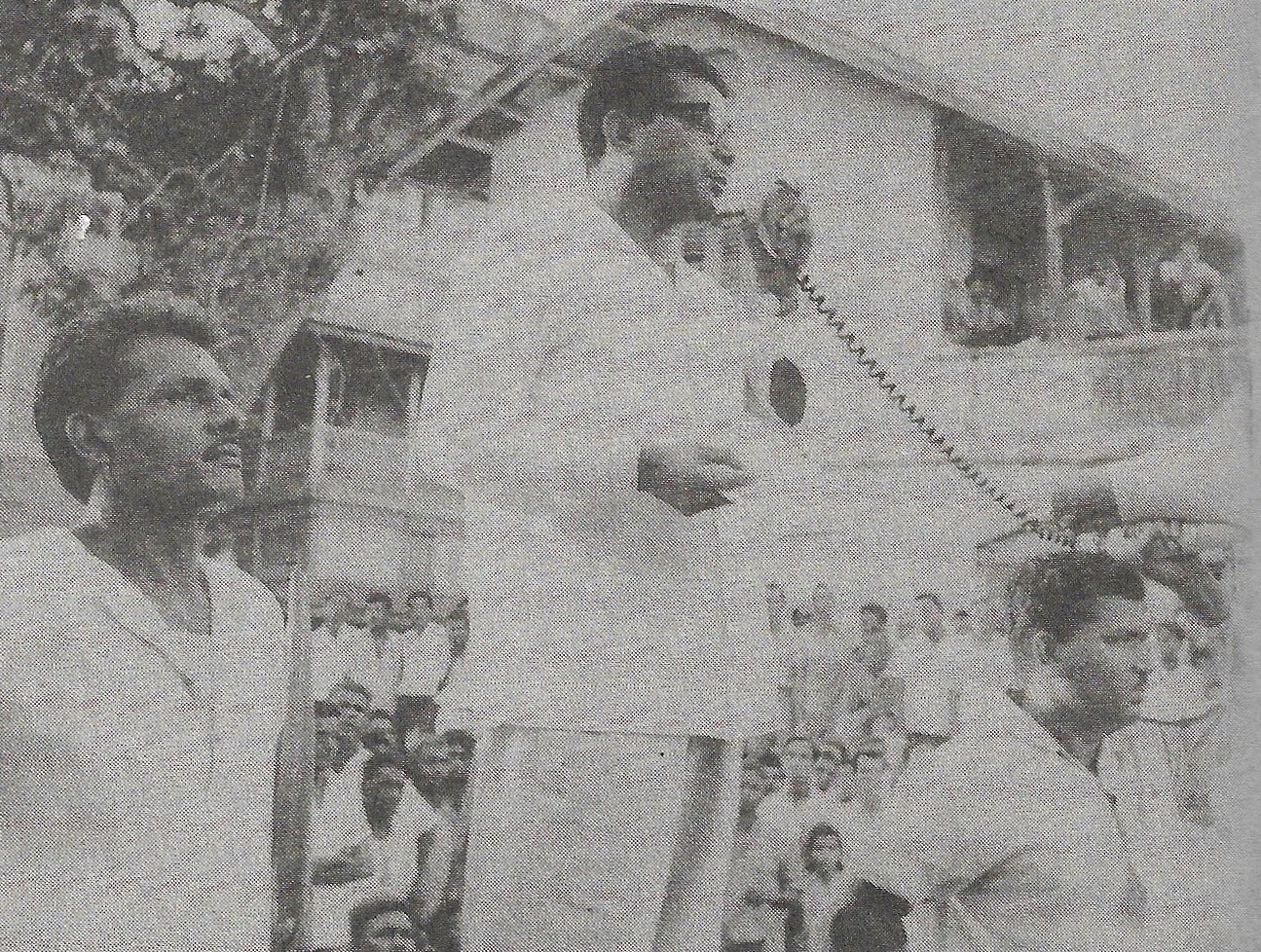The Life and Times of George Fernandes

WE LIVE in a time where political leaders ubiquitously rely on region, caste, language, religion, nepotism & other shortcuts to forge a connect with their electorate. George Fernandes, a Tuluva English-speaking Christian born in Mangalore, armed with none of the said shortcuts, led some of the biggest & successful trade union strikes of independent India among a potpourri of industry workers from regions & languages across the country seeking a better life in Bombay. He leveraged his electrifying oratory & ability to empathetically represent people on issues borne out of systemic shortcomings & ignorance on the part of the establishment. George also went on to become a serving MP as well as a minister in multiple governments. His life’s work is a case study that helps us understand true leaders are made when one sincerely works for people in need by building a bridge for them with the establishment to get them what is fair and owed to them. We can glean valuable lessons from George’s life, if only we see him as beyond just a political leader. He had an innate nature to question the established order, had an open-minded world view & genuinely cared about the well-being of people. He was an influencer in the true sense of the word as a union leader in Bombay without having the tools of the internet, social media or even TV/Radio at his disposal. He had no structurally & ideologically sound organization to back him up (the Indian Socialist Party was shambolic in all its incarnations), nor did he have a family name to prop him up. His mobilization of people towards agitation predated the populist student movements & anti-corruption movements that came much later in the country’s history. If a George Fernandes could achieve so much with so many roadblocks, then it’s up to us to imagine what an aspiring leader/influencer of people can achieve with today’s tools. In the closing paragraph of his book The Life & Times of George Fernandes, Rahul Ramagundam opines that there was no need for George to try and leave a legacy behind as the life he lived was his legacy. Drawing primarily from George’s collection of private papers, private papers acquired from Nehru Memorial Museum & Library, personal interactions with George & others close to him, court affidavits, documents & past video interviews available on YouTube, Ramagundam’s book does a stellar job of chronicling the life of this forgotten socialist leader with a mixed political legacy, likely the last Indian socialist of any significance. Perhaps best remembered as India’s defense minister during the Kargil turmoil, he also was an uncommonly candid politician who fearlessly & transparently answered to journalists and common people alike. Ramagundam’s book is also a staggering document of the failed Indian Socialist experiment that is an ideologically significant but largely forgotten aspect of Indian Political History.

THE SOCIAL context of George’s upbringing in Mangalore was fraught with religious complexity & repressed community anger involving a nebulous lineage that the biographer convincingly traces back into the past with a fact-based narrative thread that weaves through Goa, the origin of Christianity in coastal Karnataka, the impact on local Billava tribes & even Tipu Sultan. We get to see George’s personality take shape starting as a seminary student with an innate awareness to ask questions - to elders, to leaders & to the established order - & then as a grassroots worker in Mangalore inspired by the August Kranti movement of 1942. George truly came into his own when he married his enthusiasm of grassroots action with his ability to motivate through oratory. Ramagundam extensively shows us how George rose rapidly after joining the pioneering Socialist Party of Ram Manohar Lohia & Jayprakash Narayan in 1949, first as a formidable union leader - with an issue-based class identity rather than religion or language or caste - of several noteworthy strikes in Bombay and then as a first-time giant-killer MP who beat S.K.Patil in South Bombay in 1967. By representing compromised workers bearing the brunt of the precarious economic situation of the country resulting from the China & Bangladesh wars, Ramagundam painstakingly shows us how George became the biggest anti-establishment leader of that era by mobilizing the largest, unprecedented & hitherto unseen national collective of 2000+ leaders & thousands of workers into a nationwide railways strike in 1974 which played a large part in Indira Gandhi imposing the 1975 emergency
![]()
HIS TRAJECTORY became more mixed & fraught with realities in the post-emergency era as he navigated the frequently shifting landscape of Indian anti-Congress politics by transitioning from a leader of the people to a functioning elected representative; being Socialist cadre in post-independent India at a time when Socialist organizations were deplorably crumbling around him; & fighting Indira Gandhi. Ramagundam brilliantly gives us fleeting glimpses of the cult of Gandhi who seemingly wielded more influence over her opponents than over her own partymen for more than 2 decades. Somewhere along the torturous path of balancing all these constraints, George aligned with all prominent anti-Congress political forces out of compulsion. Ramagundam shows us how a critical misstep involving Charan Singh in 1980 marked the start of an irreversible dilution in his political persona as he failed to consistently succeed while in his prime and stubbornly refused to bow out in his later years when he should have. Ramagundam’s book is an unflinching portrait of how Indian leaders lived and died lonely, forgotten deaths in most cases - PlacidD’Mello, AshokMehta, MadhuLimaye, RamManoharLohia, JayprakashNarayan, MorarjiDesai, CharanSingh among others. Haunted by the Tehelka scandal, his passionate & truthful, but bitter & stark infamous Lok Sabha speech on Gujarat riots, and failing affiliations in the 2000s, we also see George struggling with Alzheimer’s. The book details his complex personal relationships as well - particularly with LeilaFernandes and JayaJaitly. Ultimately though, the power of the book lies in the balanced, extremely well-researched, objective look it takes at Indian political history and George’s role in it